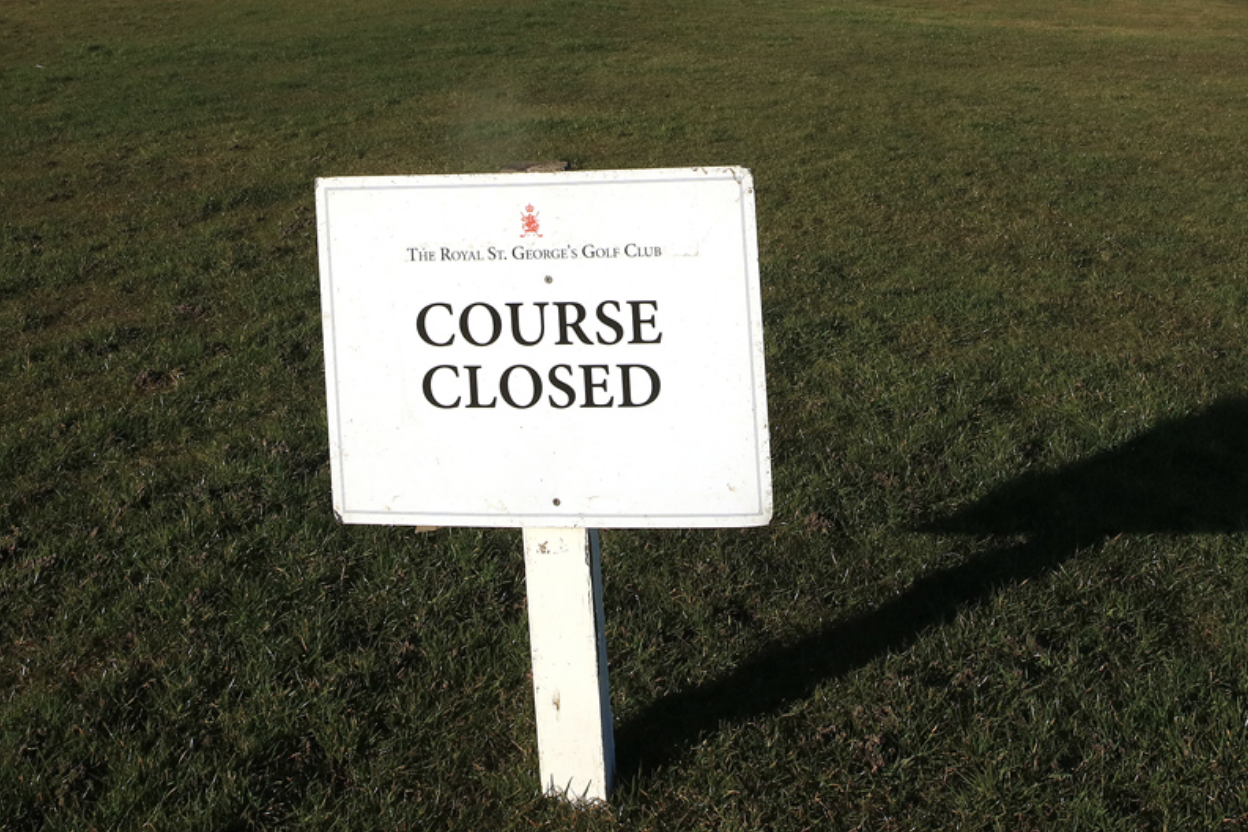The PGA Tour officials charged with getting operations going are in a no-win situation as COVID-19 offers new surprises and different understandings each day. That said, the testing and protocol rollout for select media highlighted potential flaws, starting with the oddity of a player receiving a positive virus test while in contention.
From Luke Kerr-Dineen’s Golf.com on what happens with a positive:
If the test comes back positive, that player is immediately escorted off site, withdrawn from the event and given a last-place payout.
It doesn’t matter if that player is leading the event, is largely asymptomatic, is in last place or somewhere in between; you test positive, you’re out. It’s a smart but tough new rule, the kind required in the current landscape. A sign of the times would be a scenario where the leader of the event could be withdrawn from the contest for safety concerns, rewarded with a last-place check and a 10-day quarantine.
The Tour, for its part, said that it wouldn’t disclose the identity of any player who does test positive.
But as Pat Perez told Mark Cannizzaro of the New York Post, it’s hard to see that scenario playing out. He made the remarks in his overall statement suggesting the return is happening too soon.
“Let’s say I leave Scottsdale [his home] and I don’t have that virus and I get to Dallas and I’ve got it?’’ he said. “The Tour’s going to have a real problem with me if that happens. Let’s say a guy gets tested on Tuesday and he tests positive when he comes back on Thursday. Is he [disqualified]?
“And, are you telling me that if Tiger Woods or Rory McIlroy or another big name that drives our tour is leading entering Sunday, you’re going to DQ him if he tests positive? I dare you. There’ll be a [bleeping] riot.’’
GolfDigest.com’s Joel Beall noted that “ambiguity remains” about many of the planned elements, including how many positive cases at an event would be cause for a stoppage.
What remains unclear is what number of positive tests constitute a critical mass for the Tour. A single test would not be enough to deter the tournament from continuing, said senior vice president of tournament administration Andy Levinson, and there’s not a specific number of positive tests the tour has in mind that would enact a cancellation.
Not ambiguous is the PGA Tour’s plan to use local labs in each city to check nasal swabs for the virus, highlighting how cumbersome it is right now to run a testing operation for 400 of the expected 1100 or so on site while moving from city to city.
The Tour’s Andy Levinson from the transcript of the press session:
Our testing group includes all of our players and caddies, and as I mentioned earlier, some other select personnel that have to be in close proximity with them. That number on average weekly will be around 400. As the mayor of Fort Worth was quoted earlier this week in saying they have facilitated conversations for us with UTSW, who have laboratories throughout the area, and we are confident that we'll be able to conduct our testing in a manner that is not taking away from the community. We will be providing our own supplies and sourcing all of that, as well.
For the results, we know we can get results back immediately on the questionnaire and thermal screenings. In most communities, PCR test results take anywhere from one to three days, but what we're really focusing on is identifying local laboratories who aren't overly burdened with community testing or may not currently be community testing at all at this time, and trying to decrease that turnaround time to a matter of hours instead of a matter of days, and as we've said, we wouldn't do this with local laboratories, if, again, we were taking resources away from the community.
I’m sure there are local labs not burdened somwhere in the United States, but given the third day in a row of over 1000 new cases in Texas driven mostly by outbreaks in jails, the first market may have some backlogs on the test-results front.
The week two tournament is in Hilton Head, where he closest lab is reportedly in Charlotte.
On the optics front, if PGA Tour players, caddies, officials and others get priority over locals, it could be disastrous. And even if labs are not strained, the visuals of players getting tested and moved to the front of the line is not great. Especially if it’s so they can play a practice round. That could easily make national or international news and backfire on the event sponsor.




























